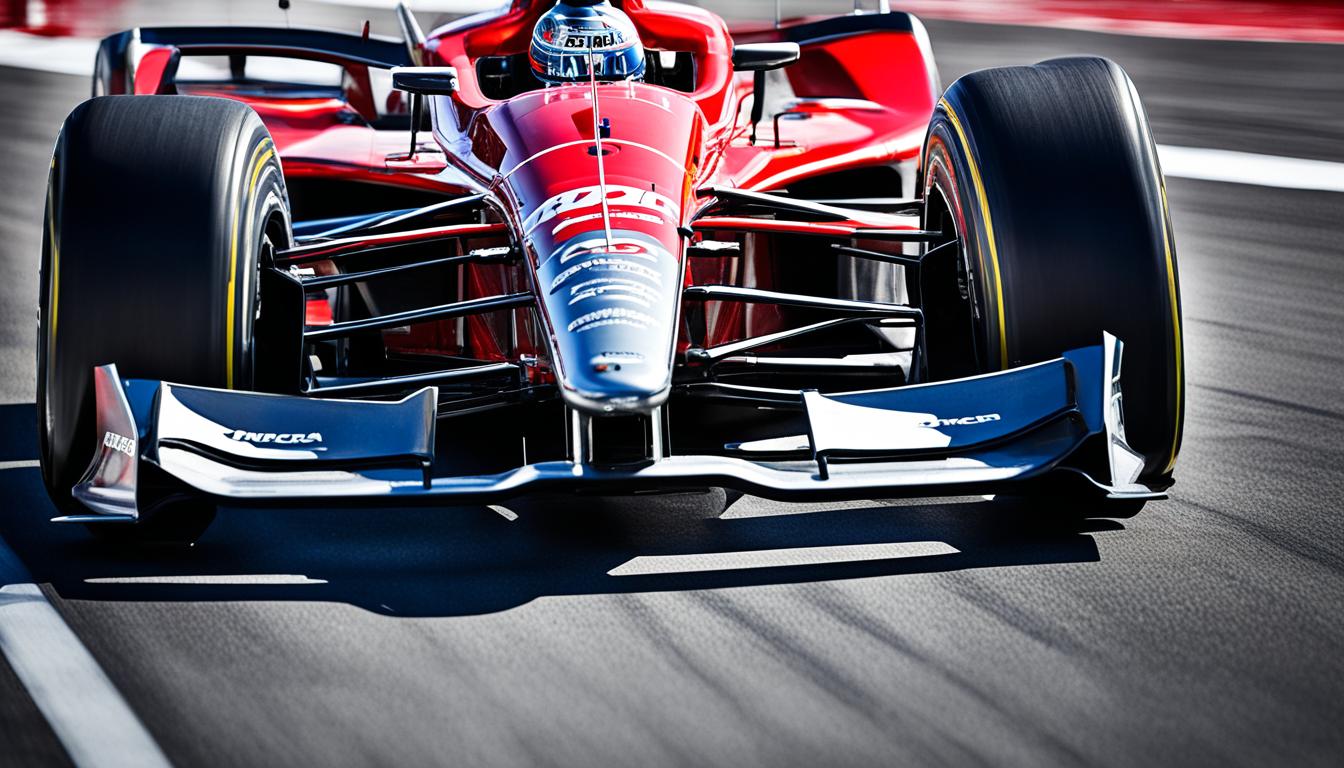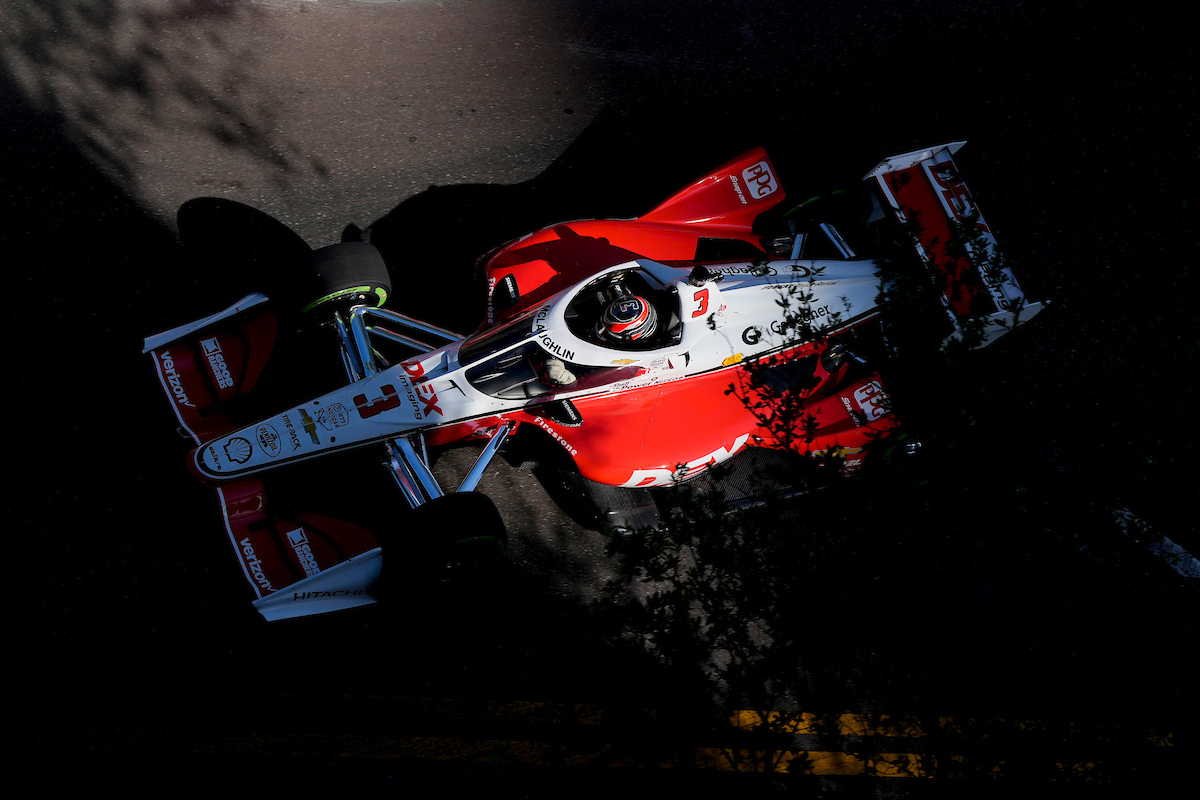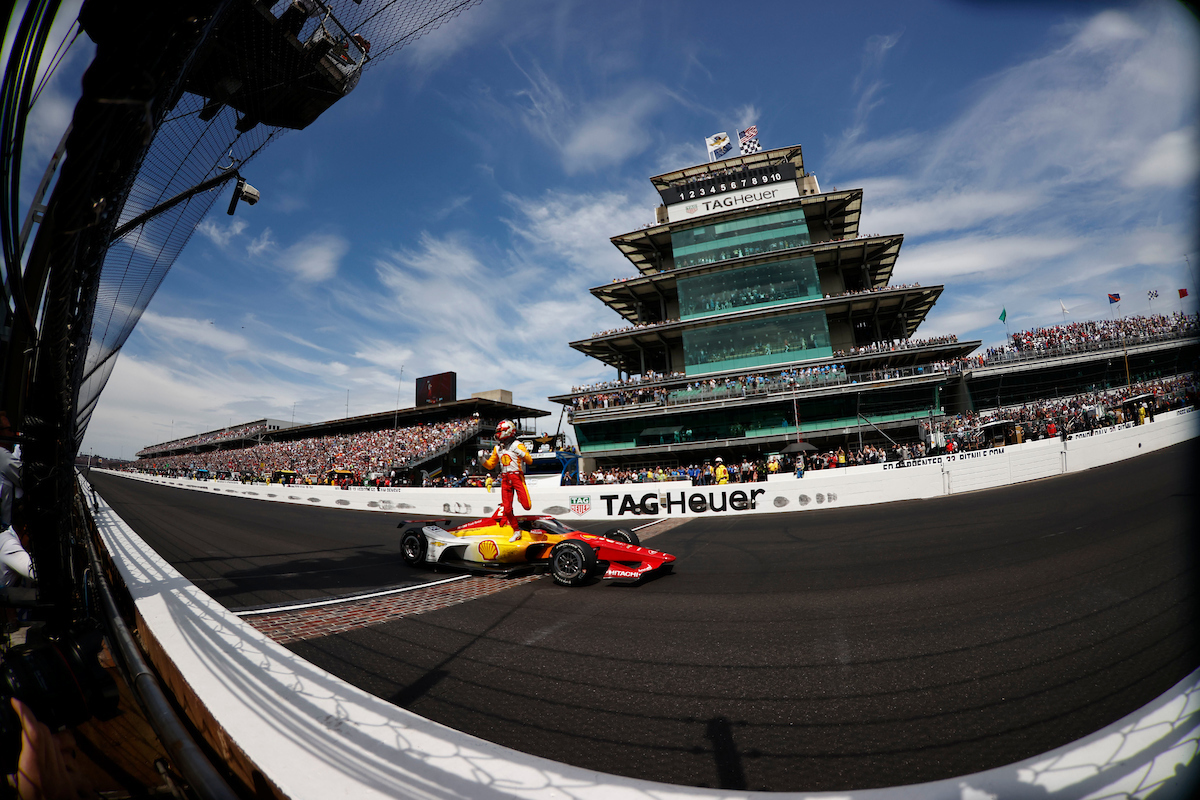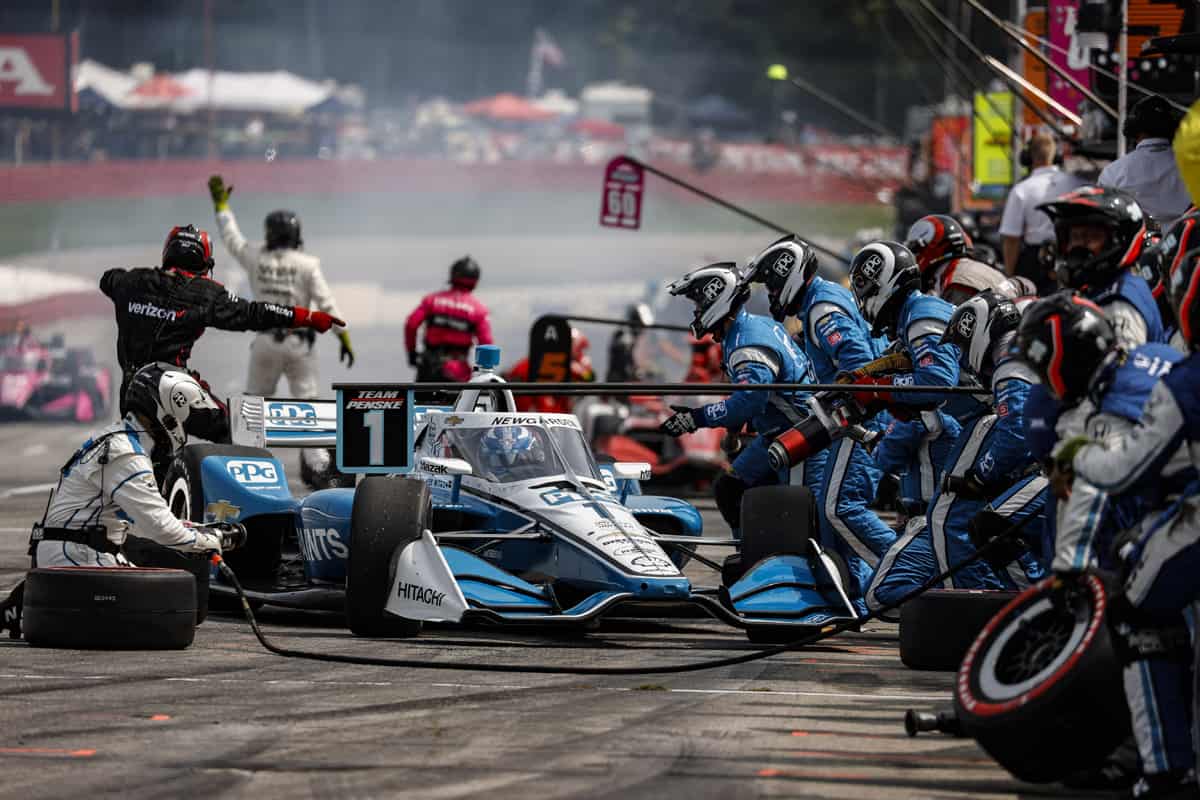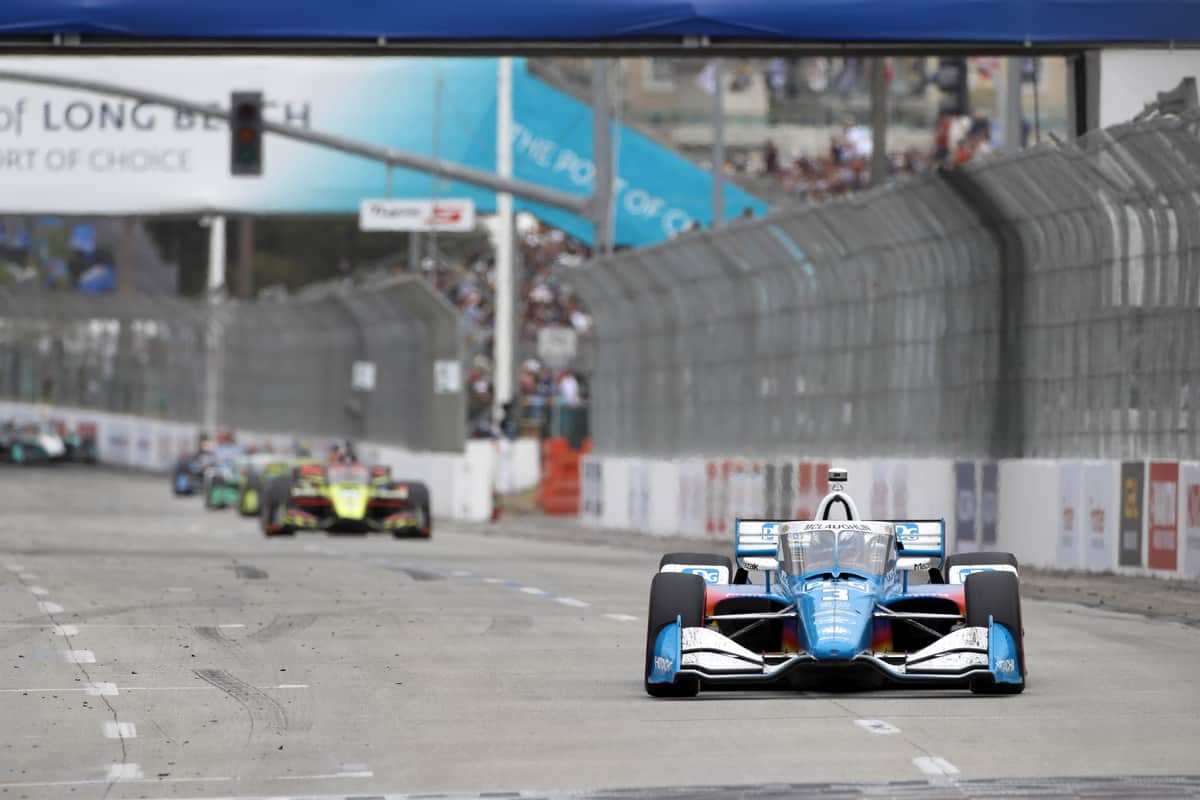What is the aeroscreen on an IndyCar?


Table of Contents
Introduction to the aeroscreen on an IndyCar
Introducing the aeroscreen – an essential safety feature on IndyCars. It’s designed to protect the driver’s head from debris. State-of-the-art technology means increased visibility, minimal drag, and protection in case of an accident.
The aeroscreen was rolled out in 2020. It features a polycarbonate windshield, plus titanium framing and supports to keep it secure.
It’s not just a windshield. It acts as a rain visor, cutting wind noise and buffeting around the helmet. Plus, you can adjust the release system before each race if possible. And, a tear-off system allows you to remove multiple layers at once for optimal visibility.
The aeroscreen has made racing safer without compromising performance. It’s become a must-have component on IndyCars – giving drivers confidence and peace of mind when they’re going full speed.
What is the aeroscreen?
The aeroscreen is a revolutionary safety device that has been adopted by several racing series around the world. Designed to protect drivers from debris and other hazards while maintaining a clear view of the track, the aeroscreen is a transparent shield that covers the cockpit of a race car. The aeroscreen is made of polycarbonate material that can withstand high impacts and extreme temperatures
The purpose of the aeroscreen
The aeroscreen is a new safety device for motorsports, made to protect the driver’s head from debris. It’s made of polycarbonate and titanium, with an anti-reflective coating for improved clarity. Unlike other protective shields, the aeroscreen has an aerodynamic design tested in wind tunnels. This minimizes car performance interference while protecting the driver.
Plus, it reduces wind noise and remnants in the cockpit. Motorsports are competitive and high-speed crashes are common. Aeroscreens give drivers security and let them focus on driving. As technology advances, we can expect safer racing for drivers and fans.
How the aeroscreen works
The tech of the aeroscreen has become essential in motorsport racing recently. It’s a sophisticated cockpit protection system that uses advanced materials and designs for safe, transparent, and aerodynamic cockpit protection.
Optically Clear Polycarbonate is used for visibility, and the convex shape improves wind flow and reduces drag. It is also robust and can withstand major impacts. Size and angle are engineered to reduce airflow deltas.
The aeroscreen offers clear vision without distortion, reduces cockpit heat stress and provides UV protection. Plus, it’s a great foundation to attach telemetry sensors, cameras & GPS equipment to enhance vehicle performance analysis during races.
Development of the aeroscreen
To understand the development of the aeroscreen on an IndyCar, we will explore the safety considerations and testing as well as the challenges faced during its development. These sub-sections shed light on how the aeroscreen was designed to protect drivers while driving at high speeds, and the difficulties the engineers encountered while trying to balance safety with other performance factors.
Safety considerations and testing
The aeroscreen is designed to withstand debris at high speeds while keeping drivers safe. Research, development, and implementation took endless hours to ensure this. Simulations, physical tests, and analysis (ballistic, static load, and dynamic impact) are used to refine the aerodynamics and ergonomics.
Proper installation of the aeroscreen is also essential. This includes hardware and pyrotechnic components for vehicle restraint systems.
The aeroscreen is an interesting innovation in the motorsports industry as it combines speed and danger in a unique way.
Challenges faced during development
The development of the aeroscreen posed many technical obstacles. It had to be resistant to high-speed impacts, optically clear, lightweight, and not impact driver visibility. Designers also took into account aerodynamics and installation logistics.
The team tested the aeroscreen’s safety and performance rigorously. They used simulation software to model scenarios such as debris hitting the screen at various speeds. Wind tunnel tests were conducted to confirm its aerodynamic performance in different conditions.
In spite of the challenges, developers crafted a game-changing safety innovation for open-wheel racing cars around the world.
Implementation and usage of the aeroscreen
To gain deeper insights into implementing and using the aeroscreen on an IndyCar, we’ll discuss the installation process, driver feedback, and adjustments. This section will help you understand the different aspects of using an aeroscreen, providing solutions for installation issues and how driver feedback can help improve the usage while giving insights on adjustments.
Installation process
Incorporating and using an aeroscreen in vehicles involves five steps:
- Fit the aeroscreen securely to the roll hoop.
- Attach it to the roll hoop using the provided mounting hardware.
- Adjust the angles and height of the aeroscreen to your driving position for optimal visibility.
- Add any other components, like mirrors or visors.
- Check safety before utilizing the car with the aeroscreen.
Driver feedback and adjustments
The aeroscreen is becoming increasingly widespread in motorsports. Drivers are giving feedback and making adjustments to improve their experience. It offers protection from debris, with no visibility issues, letting drivers focus on the race. Teams and manufacturers collaborate to ensure it works for each driver’s needs. This allows for progress in motorsport safety technology.
However, the aeroscreen cannot protect drivers from high-speed impacts. According to motorsport.com, this limitation still makes it a major step forward in driver safety. Trade-offs exist with the aeroscreen too – it keeps debris out, but smudges and bugs can block the driver’s vision.
Benefits and drawbacks of the aeroscreen
To understand the benefits and drawbacks of the aeroscreen on an IndyCar, this section will explore improved driver safety, effects on car performance, and visibility concerns with potential solutions. By examining the impact of the aeroscreen on these three aspects, you can gain a comprehensive understanding of how it affects both the driver and the car’s performance on the track.
Improved driver safety
The aeroscreen provides drivers with increased protection from debris without blocking their field of vision. This helps them stay focused on the race and reduces the risk of accidents.
It also has other benefits, like improved aerodynamics and reduced wind noise, plus a safer environment for pit crews during pit stops. But, if not correctly installed or maintained, it can reduce visibility due to dust or scratches.
So, it’s important to take great care when handling and installing the aeroscreen. With the right approach, teams can benefit from improved safety measures without compromising performance levels. Monitoring after each race event is also advised.
Ultimately, the aeroscreen has the potential to improve safety – not just performance – in racing cars!
Effects on car performance
The Aeroscreen has an effect on car performance. Here are the aspects and their impacts:
| Aspects | Effect on Car Performance |
|---|---|
| Aerodynamics | Positive Impact |
| Visibility and Clarity | Negative Impact |
| Heating and Cooling | Neutral Impact |
| Weight | Negative Impact |
| Driver Comfort and Experience | Positive Impact |
Aerodynamics benefit from the Aeroscreen. It reduces air turbulence, leading to improved performance. But, visibility suffers due to distortion and reflections in sunlight.
Heating and cooling operations stay neutral. Weight, however, has a negative impact, slowing down acceleration and braking.
The Aeroscreen also provides driver comfort, reducing wind noise and offering better head protection.
For better benefits, designers should create a material with better clarity under sunlight. And, use lighter materials to reduce weight penalties. Doing this improves car performance while providing a smooth racing experience.
Visibility concerns and potential solutions
The aeroscreen has sparked worries about visibility. But, there are potential solutions. Its design offers improved vision in certain angles, though it must be installed correctly. Through testing and changes, these problems can be fixed.
The materials used for the screen can cause glare and make it hard to spot other cars. Tech has allowed for creation of materials that reduce glare and improve clarity.
Every driver likes different lines of sight. Adjusting the height and angle of the aeroscreen can help with this. Some racing series might demand a certain type of aeroscreen or design specs, narrowing customisation options.
Future of the aeroscreen in IndyCar racing
To explore the future of the aeroscreen in IndyCar racing with potential changes and updates, and comparisons to other safety features in racing. Discover how the aeroscreen is evolving as the ultimate safety feature in IndyCar racing and its potential to be the benchmark in motorsports.
Potential changes and updates
IndyCar’s ever-evolving nature requires dynamic updates to keep it interesting and relevant. The following outlines potential modifications for future races:
- Improved aeroscreens with in-car cameras
- New safety protocols for pitstop refueling
- Revamped body kits for aerodynamic efficiencies
- More powerful engines
- Addition of foreign racetracks
- Alternative fuel sources
- Eco-friendly sponsorship deals
These potential changes aim to raise competitiveness while safeguarding drivers and the environment. In the last decade, IndyCar has made remarkable progress in driver safety. This happened after the Dan Wheldon tragedy in Las Vegas in 2011, which led to extensive revisions and strengthened cars and circuitry. Since then, there have been zero driver fatalities.
Comparisons to other safety features in racing
To evaluate the aeroscreen’s effectiveness in IndyCar, we must compare it to other safety features. Check out this table for the benefits and drawbacks:
| Safety Feature | Benefits | Drawbacks |
|---|---|---|
| Aeroscreen | Head protection & better visibility | Increased weight affects speed & handling; may hinder ventilation & communication |
| Roll cage | Protects driver during crashes; maintains structural integrity | Limited visibility; added weight may hinder acceleration |
| HANS device | Reduces neck injuries; limits movement during high impact | May restrict movement during normal driving; not effective for all injuries |
We must consider trade-offs when assessing a safety feature. The aeroscreen provides great head protection, but may also impact ventilation and communication.
Pro Tip: Knowing the strengths & limitations of safety features helps drivers make informed decisions when choosing racing equipment. And hey, with the aeroscreen, you’ll feel like a fighter pilot racing at 200mph!
Conclusion and summary of the aeroscreen on an IndyCar.
The IndyCar aeroscreen’s a crucial safety gear. Made from polycarbonate, it shields the driver from debris and other hazards. It also reduces wind buffeting, helping drivers focus on the race.
Aeroscreen design has changed over the years. It was developed after several accidents with fatal injuries. Red Bull Advanced Technologies and IndyCar created it. In 2020, it became mandatory in all races.
What is the aeroscreen on an IndyCar? – Frequently Asked Questions
What is the aeroscreen on an IndyCar?
The aeroscreen is a safety feature that has been added to the IndyCar to help protect drivers from debris and accidents during racing events.
How does the aeroscreen work?
The aeroscreen is made of a special shatterproof material and is designed to deflect debris from impacting the driver’s helmet and head. It also provides additional protection from accidents and collisions.
Why was the aeroscreen added to the IndyCar?
After several accidents in which debris hit drivers directly in the head, the IndyCar series recognized the need for better safety measures. The aeroscreen was added to provide additional protection and prevent similar accidents from happening in the future.
What other safety features are in place on the IndyCar?
The IndyCar also has a roll hoop, safety harness, and driver conditioning requirements, such as mandatory baseline concussion testing and neck strength assessment.
Has the aeroscreen been effective in preventing injuries?
While it is still relatively new, the aeroscreen has already shown to be effective, as it has prevented several debris-related injuries during races since its introduction.






